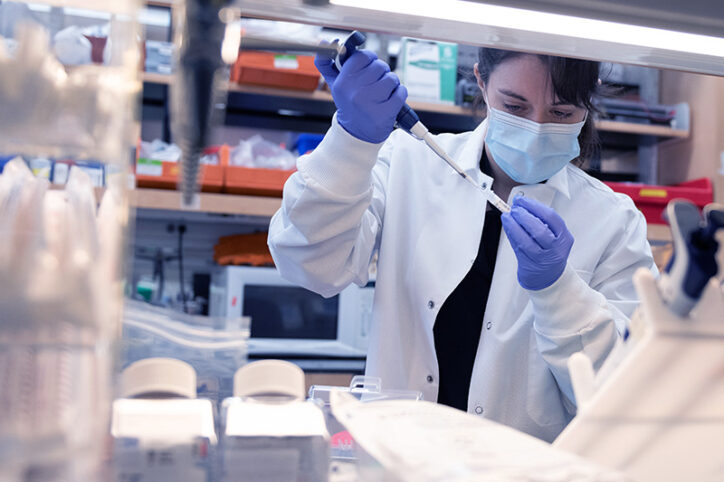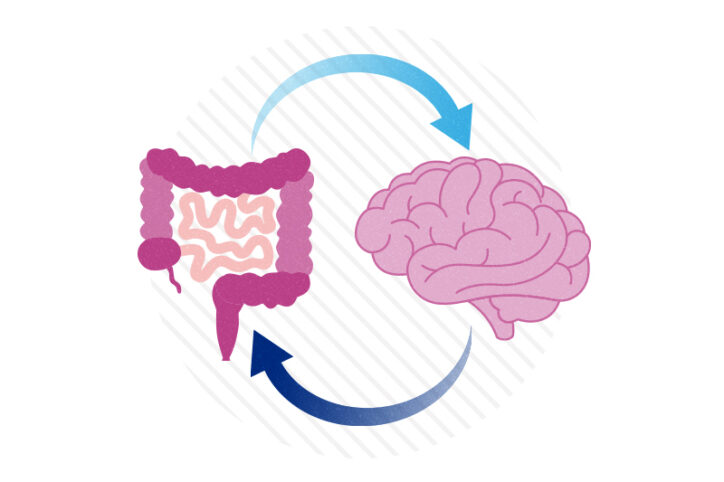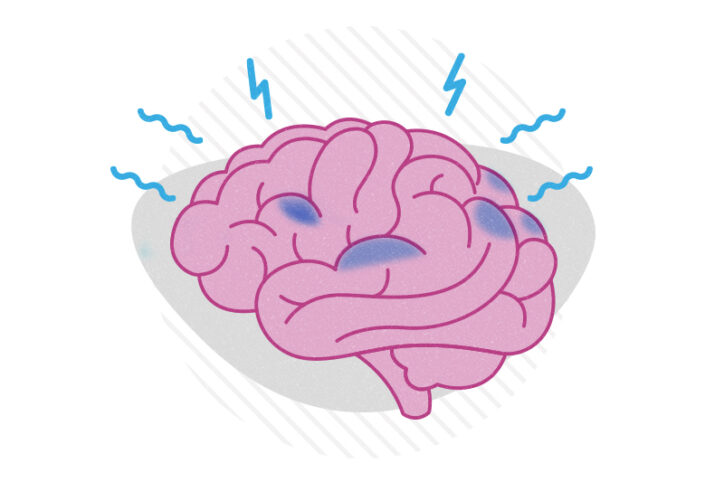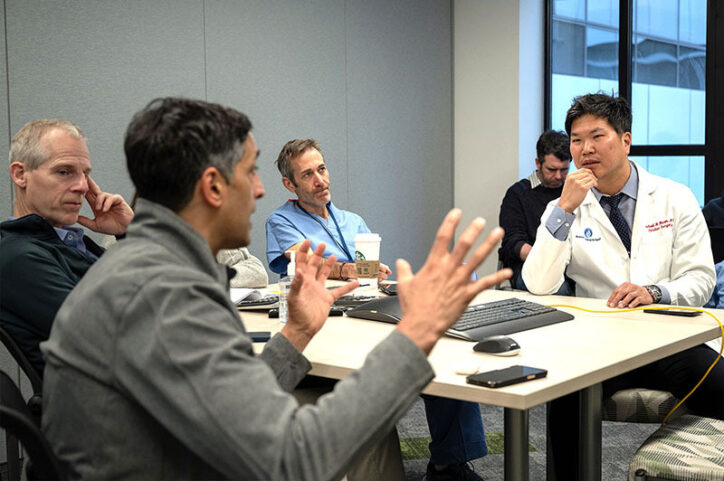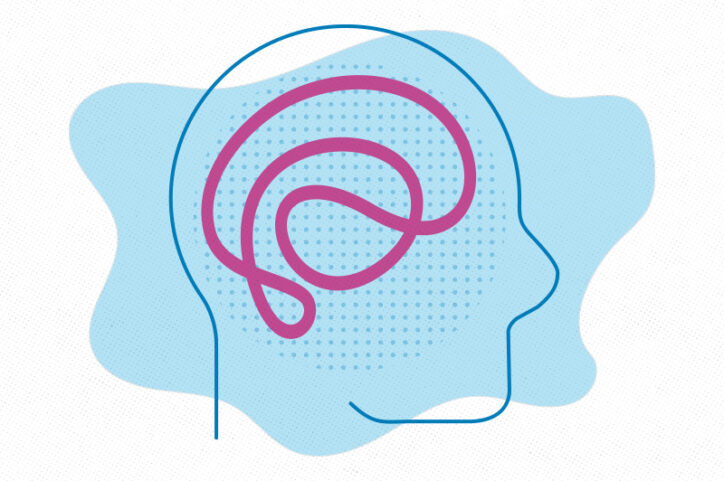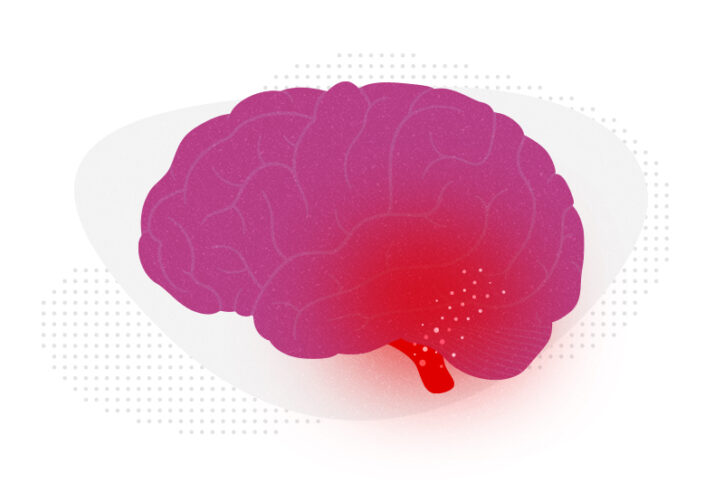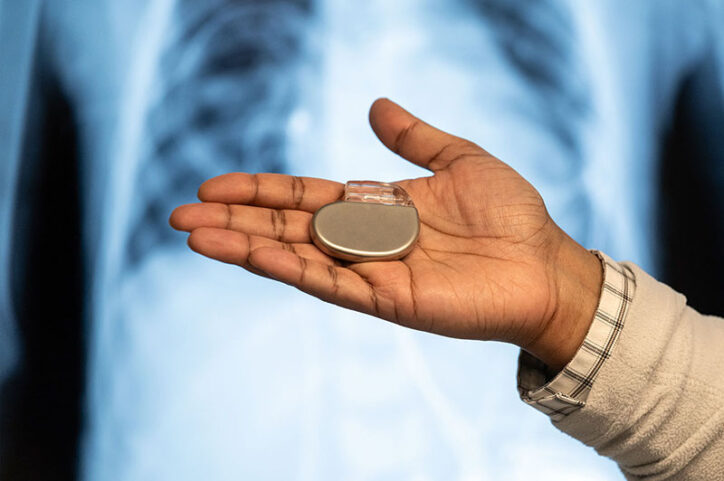From injury to backflips: A path to recovery for gymnasts
Gymnasts can create the illusion that gravity doesn’t exist. As they spring from one acrobatic skill into the next, they leave spectators little time to consider the strain they’re putting on their wrists, elbows, and shoulders. Nonetheless, a single back handspring exerts force equal to two to four times an athlete’s weight on their upper ... Read More about From injury to backflips: A path to recovery for gymnasts
Making genome sequencing a first-line test in rare disease
Children with rare diseases often undergo years of medical visits and genetic testing before they get a diagnosis. Over the past few years, clinics have started to embrace exome sequencing as a first genetic test, skipping time-consuming testing of individual genes and gene panels and getting to a diagnosis faster. But exome sequencing doesn’t always ... Read More about Making genome sequencing a first-line test in rare disease
The gut-brain connection: A new approach to OCD and tic disorders?
It’s natural for young children to use routines to help them navigate the world and for older children and teens to zero in on interests and hobbies. But if they veer into disruptive, unwanted obsessions or thoughts or the need to perform compulsive rituals, they may have obsessive-compulsive disorder (OCD). We know that OCD is ... Read More about The gut-brain connection: A new approach to OCD and tic disorders?
Can we prevent seizures in Sturge-Weber syndrome?
Port wine stains — capillary malformations on the skin — are the most visible manifestation of Sturge-Weber syndrome. However, up to 60 percent of babies with birthmarks in high-risk locations (forehead and upper eyelid) also have capillary malformations in their brain. Of these, 75 to 90 percent will experience a seizure before the age of 2, ... Read More about Can we prevent seizures in Sturge-Weber syndrome?
Brain wiring predicted adolescents’ emotional health during COVID
The COVID-19 pandemic was emotionally devastating for many adolescents, disrupting their schooling and social/emotional development. Drawing on national data, a large study finds that how adolescents’ brains were wired — before COVID-19 — predicted their stress, negative emotions, and overall mental health during the height of the pandemic, making them more vulnerable or more resilient. ... Read More about Brain wiring predicted adolescents’ emotional health during COVID
Constant improvements make the Ross procedure a safe aortic valve replacement option
Cardiac surgeons understand that innovation isn’t always about invention. Improving something can be just as transformative. So it shouldn’t come as a surprise that Boston Children’s cardiac surgery team is seeing lasting positive outcomes in patients after making adjustments over the years to the Ross procedure, a last-option treatment for aortic valve disease that hasn’t always been accepted by ... Read More about Constant improvements make the Ross procedure a safe aortic valve replacement option
Optimal care, lower costs: Examining the benefits of out-of-network care for pediatric moyamoya
Moyamoya disease is a rare condition that affects the blood vessels in the brain, especially in children. Narrowing and blockage of vessels significantly increases the risk of stroke and requires surgical revascularization for treatment. Although research shows that outcomes of revascularization are better at high-volume centers, insurers often hesitate to approve out-of-network care. However, a ... Read More about Optimal care, lower costs: Examining the benefits of out-of-network care for pediatric moyamoya
Could SIDS be caused by unrecognized brain infections?
Some infants who pass away from sudden infant death syndrome (SIDS) are known to have had acute minor infections. Could these have played a role in their death? Using next-generation molecular tools, a new study provides evidence that undiagnosed inflammation and occult infection can contribute to SIDS and the brainstem pathology seen in some infants. ... Read More about Could SIDS be caused by unrecognized brain infections?
Finding ways to reduce the financial and social costs of pacemakers
As the number of complex heart operations has increased over the years, so have cases of postoperative heart block, a form of arrhythmia that often requires a pacemaker and more surgery. Heart block occurs when unseen conduction tissue — the cells and electrical signals that control the beating of a heart — is injured. It is a ... Read More about Finding ways to reduce the financial and social costs of pacemakers
Ductus arteriosus stenting could help severely ill infants with pulmonary arterial hypertension
Treatment for infants who have severe pulmonary arterial hypertension (PAH) is sometimes limited. Because they haven’t physically matured, a procedure could increase the risk of serious complications, including failure of the heart’s right ventricle. A Boston Children’s Department of Cardiology study found an interventional therapy that’s potentially safe and suitable for those critically ill small infants: the placement of ... Read More about Ductus arteriosus stenting could help severely ill infants with pulmonary arterial hypertension



